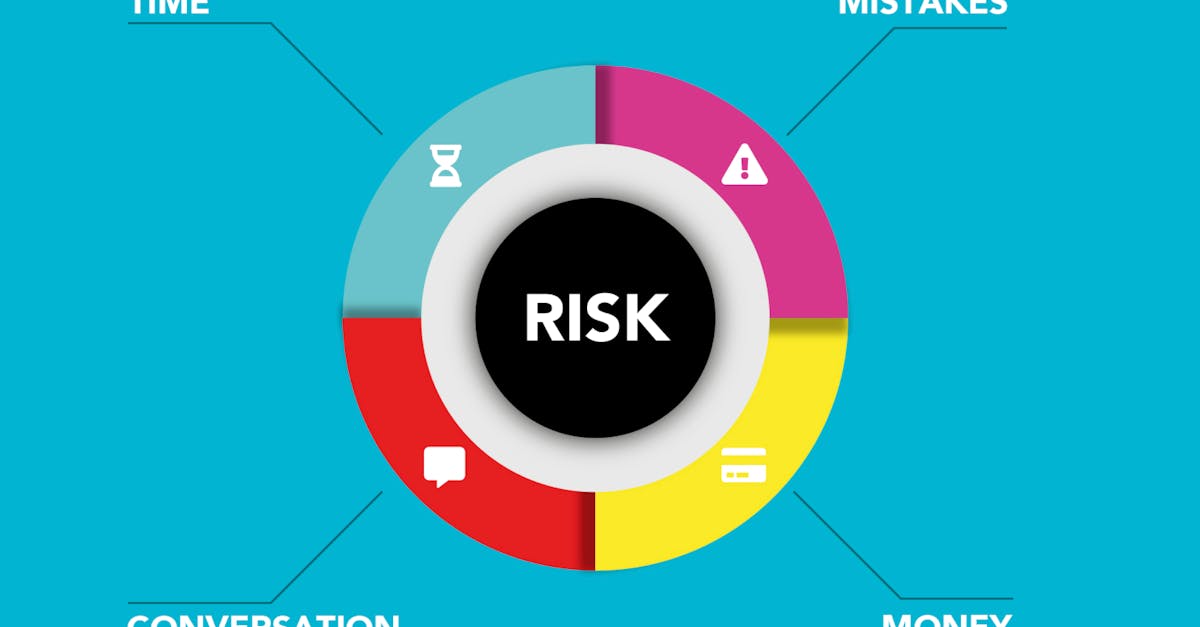
Table Of Contents
Understanding Risk Management Principles
Risk management is an essential practice for businesses to navigate potential threats and uncertainties. In East Melbourne, Melbourne, understanding the principles of risk management is crucial for effective decision-making and safeguarding against unforeseen events. By establishing a solid foundation of risk management principles, organisations can proactively identify and address risks before they escalate into serious challenges. This proactive approach allows businesses to not only mitigate potential losses but also seize opportunities that may arise from calculated risks.
In Risk Management in East Melbourne, Melbourne, the core principles revolve around establishing risk context, identifying risks, and analysing risks. Establishing risk context involves setting the boundaries and objectives of risk management activities within the organisation, ensuring a clear understanding of the risk landscape. Identifying risks is the process of recognising potential threats that may impact the business's objectives, while analysing risks involves delving deeper into the probability and impact of each risk scenario. By adhering to these fundamental principles, businesses can build a robust risk management framework to steer towards sustainable growth and resilience in an ever-evolving business environment.
Establishing Risk Context
Establishing Risk Context is a crucial step in the process of Risk Management in Melbourne. This initial stage involves defining the purpose and scope of the risk management process within the specific context of the organisation. It requires a comprehensive understanding of the internal and external factors that may impact the organization's ability to achieve its objectives. Identifying the internal and external stakeholders, as well as their interests and expectations, is essential in establishing a clear risk context.
Furthermore, Establishing Risk Context involves identifying the legal, regulatory, and contractual obligations that the organisation must adhere to. It also requires a thorough assessment of the organisation's risk appetite and tolerance levels. By setting the risk context appropriately, organisations in Melbourne can ensure that their risk management processes are aligned with their strategic objectives, enabling them to make informed decisions and effectively manage uncertainties.
Identifying Risks
Identifying risks is a crucial step in the risk management process. For organisations operating in East Melbourne, Melbourne, this entails a systematic approach to recognising potential threats that may impact their objectives. Recognising these risks involves considering internal and external factors that could lead to uncertainties in achieving desired outcomes. By highlighting these risks, organisations can better prepare and implement strategies to mitigate their potential impact.
Risk identification is a proactive process that involves collaboration among stakeholders to ensure comprehensive coverage of potential risks. This phase requires a diligent examination of various aspects of the organisation's operations, including financial, operational, and compliance-related elements. In Risk Management in East Melbourne, Melbourne, a thorough understanding of the business environment and industry dynamics is essential to accurately pinpoint potential risks that may arise. By diligently identifying risks, organisations can enhance their risk management strategies and resilience in dealing with uncertain events.
Risk Assessment
Risk Assessment is a crucial step in the risk management process that involves identifying, analysing, and evaluating potential risks to an organisation or a specific project. In the context of Risk Management in East End Theatre District, Melbourne, this stage focuses on determining the likelihood and potential impact of various risks on the successful operation of the theatres. By systematically assessing risks, theatre managers can develop strategies to mitigate or avoid them altogether, ensuring smooth productions and a safe environment for staff and visitors.
During the risk assessment phase, managers in the East End Theatre District work collaboratively to identify all possible risks that could affect their operations, ranging from technical malfunctions and equipment failures to natural disasters and financial uncertainties. By comprehensively evaluating these risks, theatre professionals can gain valuable insights into which areas require immediate attention and which risks can be managed effectively over time. This proactive approach allows the East End Theatre District to implement appropriate risk mitigation strategies and contingency plans, safeguarding the continuity of their performances and enhancing overall resilience to unforeseen challenges.
Analysing Risks
Analysing risks is a crucial step in the process of risk management, particularly in the context of businesses and organisations in East Melbourne, Melbourne. This phase involves a detailed examination of identified risks to evaluate their potential impacts and likelihood of occurrence. By conducting a thorough analysis, stakeholders can gain a deeper understanding of the nature of risks they face and make informed decisions on how to mitigate or manage them effectively.
Risk analysis in East Melbourne, Melbourne encompasses various aspects such as examining the severity of consequences if a risk materialises, assessing the probability of occurrence, and considering the overall risk tolerance of the organisation. Through this process, it is possible to prioritise risks based on their significance and develop suitable strategies to address them. The analysis phase sets the foundation for risk evaluation and decision-making, enabling businesses to navigate uncertainties with greater resilience and foresight.
Risk Evaluation
Risk Evaluation is a fundamental aspect of Risk Management in East End Theatre District, Melbourne. After assessing and identifying potential risks, it is imperative to thoroughly evaluate each risk's potential impact and likelihood of occurrence. This process allows stakeholders to determine the significance of each risk and the appropriate strategies needed to address them.
In this phase, risks are typically prioritised based on their level of severity, ensuring that resources are effectively allocated to tackle the most critical ones first. By conducting a rigorous Risk Evaluation, decision-makers can make informed choices regarding risk response strategies, ultimately enhancing the overall resilience of the East End Theatre District in Melbourne.
FAQS
What is the importance of understanding risk management principles?
Understanding risk management principles is crucial as it provides a foundation for effectively managing risks within an organization. It ensures that risks are identified, assessed, and mitigated in a structured and strategic manner.
How does establishing risk context help in risk management?
Establishing risk context involves defining the risk management framework, objectives, and criteria. This step helps in creating a clear understanding of the risks that the organization faces, enabling better decision-making and prioritization of risk management activities.
What is the process of identifying risks in risk management?
Identifying risks involves systematically identifying, documenting, and analyzing potential risks that could affect the organization's objectives. This step is essential for developing an effective risk management plan.
How is risk assessment carried out in risk management?
Risk assessment involves evaluating the likelihood and impact of identified risks to determine their significance. It helps in prioritizing risks based on their level of importance and the potential harm they could cause to the organization.
Why is risk evaluation important in risk management?
Risk evaluation is essential as it helps in determining the overall level of risk exposure and deciding on the appropriate risk response strategies. It involves comparing the assessed risks against pre-established risk criteria to make informed decisions on risk treatment.


